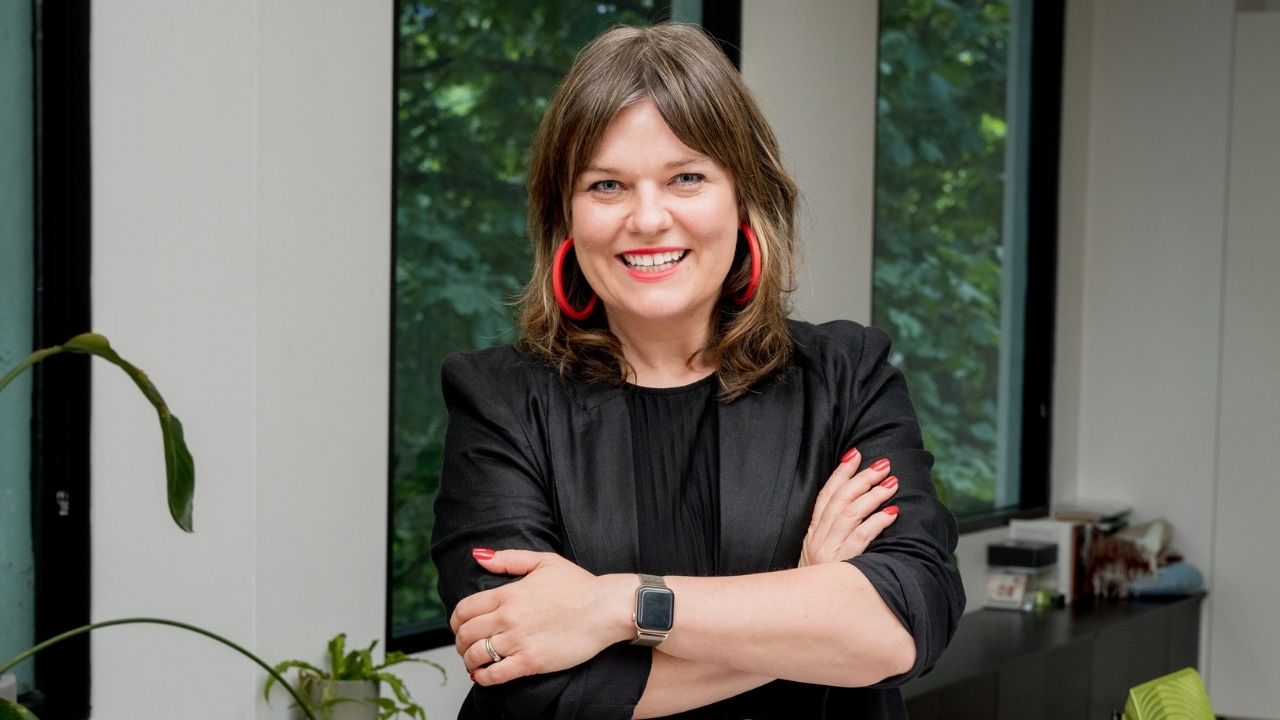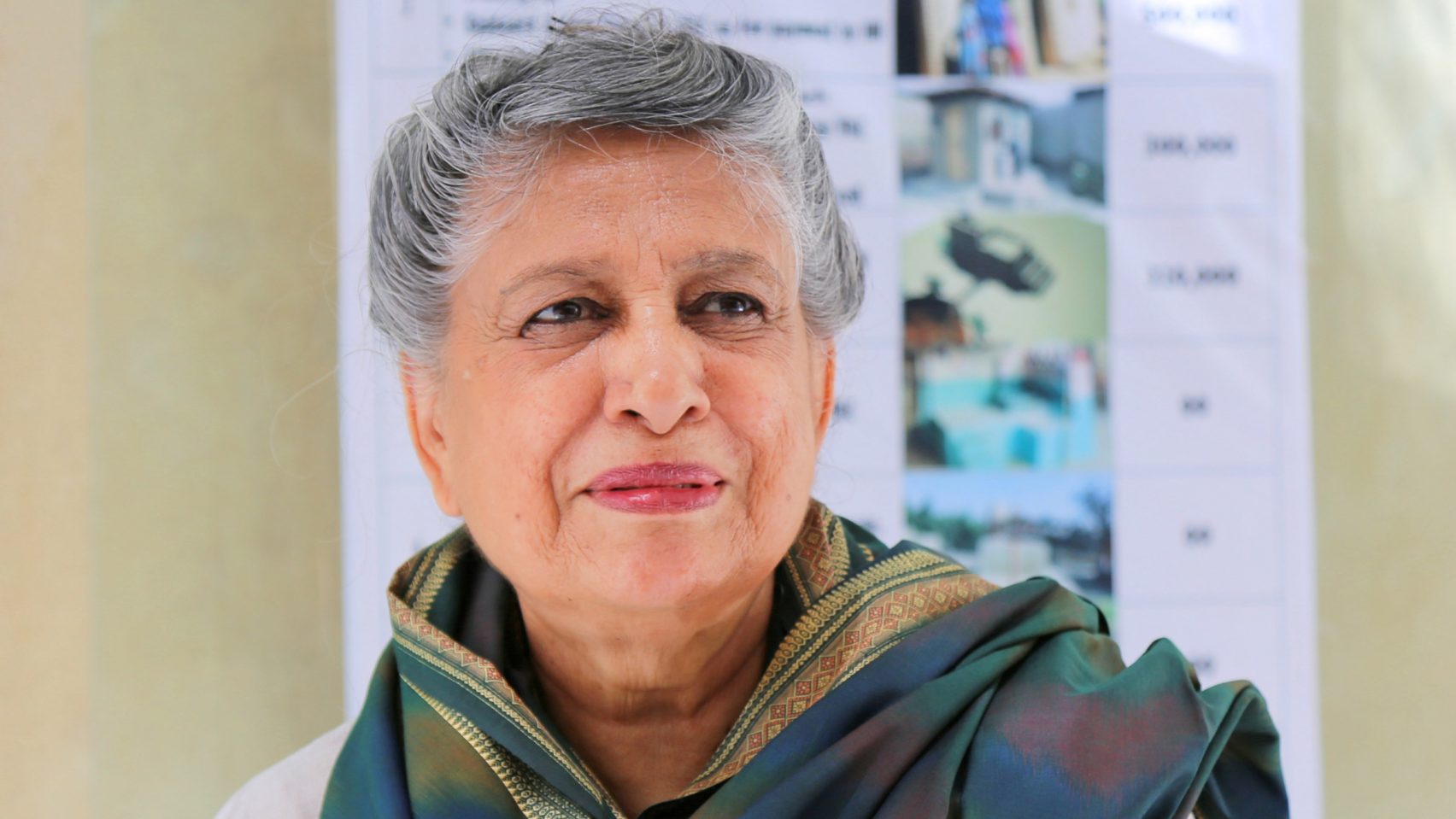
Architecture and Design roles: finding the best technical ability and cultural fit
When sourcing talent for architecture or design firms, it’s not uncommon to find candidates who may be technically brilliant, but who are a mismatch for a particular role in other critical ways. The challenge lies in recognizing a candidate's cultural fit from their CV and portfolio – as well as the candidate’s technical proficiency.
When sourcing talent for architecture or design firms, it’s not uncommon to find candidates who may be technically brilliant, but who are a mismatch for a particular role in other critical ways.
Not everyone will be a good cultural fit for a position, but this is a key puzzle piece for the quality of each hire your organization makes. In the current economic climate, more employers are centering the attributes of their future hire in their talent decisions, and as LinkedIn research indicates, makes cultural fit a key consideration.
We see that in many cases when a hire doesn’t work out successfully over the long term, it’s less because of a technical mismatch and more due to a cultural misalignment.
The challenge lies in recognizing a candidate’s cultural fit from their CV and portfolio – unlike technical skills, which are more apparent.
To make the best possible hiring decision, hiring managers must identify not only a candidate’s technical proficiency but also those intangible factors of cultural fit (or lack thereof). These include personality traits, communication style, values and learning agility. If you can identify what truly makes a candidate tick, you will be far better equipped to understand if they will gel with your team, clients, and business.
Gaining insight into both technical and cultural fit factors requires a savvy approach to interviewing. Here’s how to prepare before conducting a designer or architect interview, to ensure you can identify both their technical ability and cultural fit.
Plan and prepare for each designer or architect interview
Perhaps this is an obvious piece of advice, but being prepared for each candidate interview will allow you to be as thorough as possible in your recruitment process.
As a hiring manager, it’s important to recognize that not preparing for an interview can be very off-putting for candidates and might even dissuade them from pursuing the opportunity, regardless of the outcome. Candidates who have invested time and effort into preparing their answers and researching your business may feel slighted if you begin the interview without reviewing their CV. Consider this: if a candidate came to the interview unprepared and knew nothing about your company, it would leave a poor impression on you as well!
Consider and design your questions
Not being prepared means you likely won’t ask candidates all the questions you should be asking them, especially if you’re in a hurry to fill the position. The best way to avoid this pitfall is by reviewing a candidate’s CV and portfolio, compiling all the questions you can think of in a list and having this list at hand with their CV during the interview.
Splitting designer or architect interview questions into technical and cultural categories helps you get a holistic understanding of a candidate’s abilities, motivations and personality.
Technical questions
These cover the core skills of an architect or designer’s role, including design and blueprint work, and proficiency in CAD software (e.g., AutoCAD, ArchiCAD, Revit, SketchUp).
Cultural questions
These types of questions can cover topics such as a candidate’s values and beliefs, approach to teamwork, how they handle feedback, and how they stay motivated at work.
If you’re interviewing people for junior positions, you’re unlikely to have multiple interview rounds, so you have just one conversation to ascertain their technical ability and cultural fit. Use that time to ask the candidate about where they need to improve, as this gives you important clues about either aspect.
Use a scoring system
Assigning a score to each response can help you keep track of answers and add more structure to architecture interview questions. For example, at Bespoke Careers we send out a Revit test to candidates before their interview. They receive a percentage score and feedback on areas for improvement. This gives us an additional data point to assess their technical ability.
Deciding what design or architecture interview questions to ask to identify cultural fit is more subjective. By carefully building these questions, you could still assign a score to evaluate how well candidates meet certain values. For example, one of our values at Bespoke Careers is positivity. We might ask a candidate to describe a time they made a mistake at work or didn’t achieve their desired result, and how they responded and felt about the situation. The more specific their example, the better insight we gain into their thinking, behavior, and work style.
A weak example might score a one out of four, while an impressive example that demonstrates overcoming a difficult situation with a positive attitude might score a four. Although this method is somewhat subjective as well, having clear values and an understanding of the desired ways of thinking and behaving allows us to apply a scoring system effectively.
Don’t be afraid to delve
Digging deeper with follow-up questions is an approach that is sometimes overlooked, but it can be incredibly powerful in a designer or architect interview.
Hiring managers often ask a question, receive the candidate’s answer, and then move straight to the next question. However, there’s often a real opportunity to dig deeper and tease out more information from the candidate.
Keep in mind that candidates do get nervous in interviews, so they might need extra encouragement to elaborate on their answers. Asking follow-up questions can help you get additional and vital information that you wouldn’t otherwise have if you hadn’t prodded them a bit more.
Remove bias wherever possible
Without pre-preparation and a scoring system, you may run the risk of introducing unconscious bias in job interviews. Using a diverse interviewing panel can help mitigate confirmation bias as well as the bias of first impressions that can adversely affect hiring decisions. Scoring systems, assessment tools and diverse panels create more consistency in how your organization evaluates candidates.
Access specialist architecture and design recruitment expertise
Working with an architecture and design recruitment specialist can give your firms access to interview and assessment expertise that helps get the most out of candidate interviews. By collaborating with Bespoke Careers, you can refine the candidate shortlist to include only those individuals who closely match your desired qualifications and cultural fit. Contact us today to find out how we can help you refine your interview approach and find your next great architect or designer.


Looking to hire top talent
 or advance your career? Let's talk.
or advance your career? Let's talk.
We connect exceptional firms with talented professionals.
Whether you're looking to hire or explore new career opportunities, let’s discuss how we can help you achieve your goals—get in touch today.
Related Posts

To commemorate inspirational women in architecture, we highlight the work and stories of the prize winners since 2020.
Bespoke Careers sponsors the AJ100 Employer of the Year Award, which recognises UK architectural firms with market-leading workplace cultures.
Lucy Cahill, Bespoke Careers London director and AJ100 awards judge, discusses what it takes for a firm to be recognised as Employer of the Year and the ingredients of HTA Design’s success.
To help you get started with mentorship, we have compiled a list of the best mentorship programs for architects around the world.



